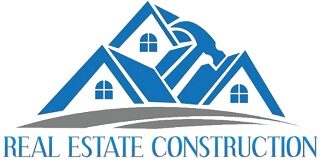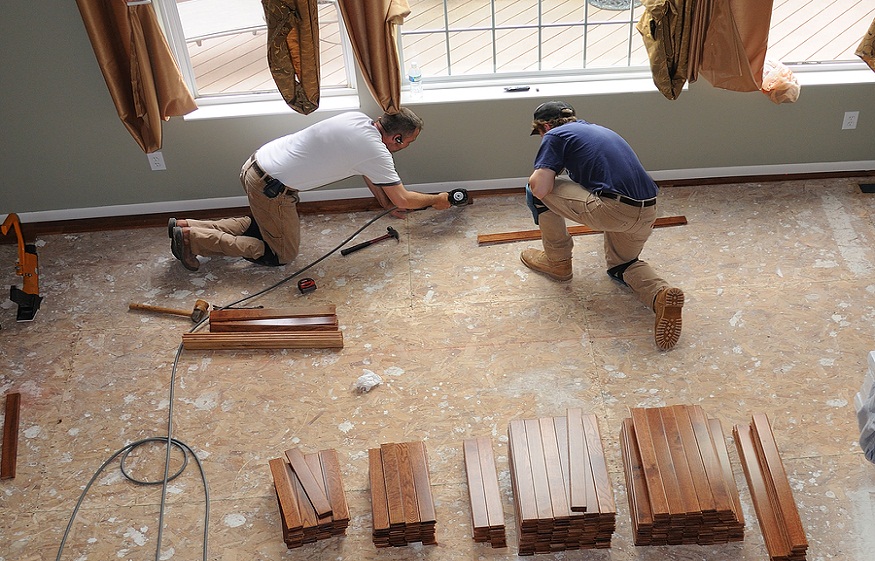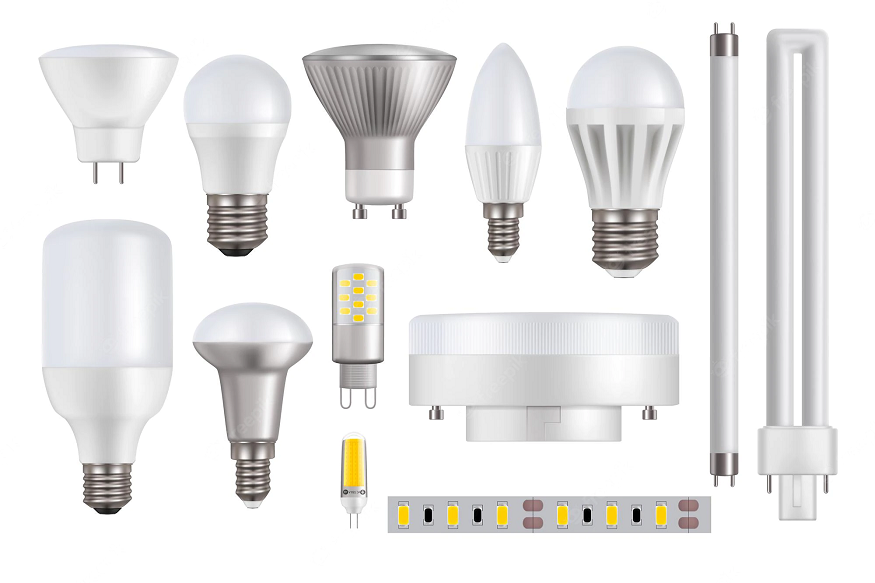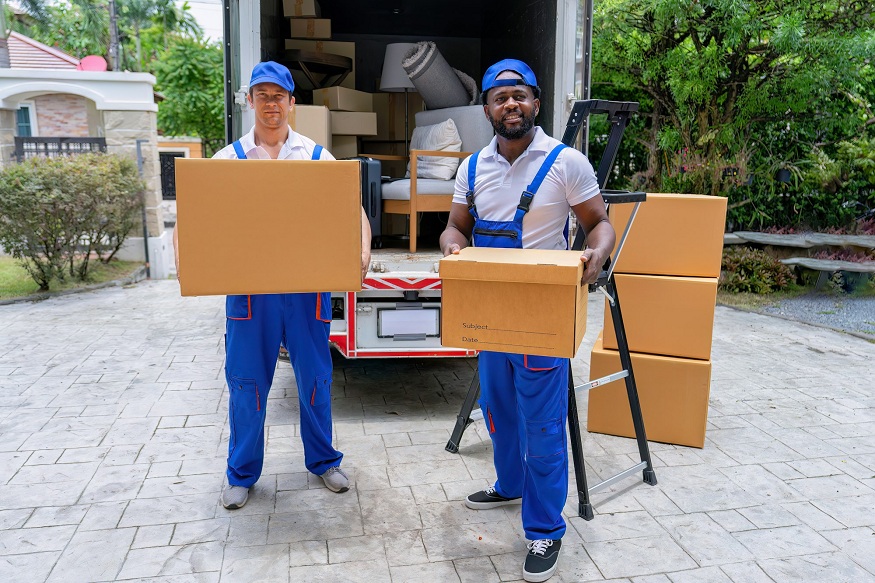Artificial turf has revolutionized landscaping by offering a lush, green lawn year-round without the constant mowing, watering, and fertilizing that natural grass requires. Its durability, low maintenance, and aesthetic consistency make it a popular choice for homes, sports fields, schools, and commercial properties.
But while synthetic turf is built to last, it isn’t invincible. Over time, exposure to weather, heavy foot traffic, and wear and tear can lead to problems. Knowing when your artificial turf needs repairs can help extend its lifespan, maintain its appearance, and avoid costly replacements.
In this guide, we’ll walk you through the telltale signs that your artificial grass might be due for some TLC.
1. Seam Separation or Visible Joints
One of the most common signs that your artificial turf needs repair is the separation of seams or visible joint lines between turf panels. When properly installed, these seams are practically invisible and firmly secured.
Warning Signs:
Noticeable gaps between turf sections
Edges lifting or curling
Tripping hazards developing along seams
Causes:
Fluctuating temperatures causing expansion and contraction
Heavy foot traffic loosening adhesives or staples
Poor initial installation
Repair Tip:
Seam issues can often be fixed by reapplying adhesive, replacing seam tape, or securing the area with specialized turf nails. It’s important to act quickly—seam separation left unchecked can worsen and become a bigger repair project.
2. Flattened or Matted Turf Fibers
However, over time, they can become matted, especially in high-traffic areas like walkways, play zones, or sports fields.
Warning Signs:
Flattened, limp-looking turf
Infill no longer supporting blade structure
Uneven appearance or shine in worn areas
Causes:
Excessive foot traffic
Inadequate brushing or grooming
Heavy furniture or equipment left in one place for too long
Repair Tip:
Regular brushing against the grain can revive matted turf, but if that doesn’t help, you may need to top up the infill or professionally re-fluff the fibers. In extreme cases, replacing sections may be necessary.
3. Drainage Problems and Water Pooling
Artificial turf should be installed with proper drainage systems to allow water to flow through easily. If you’re starting to see puddles form after rainfall or irrigation, it could be a red flag.
Warning Signs:
Standing water after rain
Musty smells or algae growth
Turf surface feels squishy or uneven
Causes:
Compacted or improperly leveled base layer
Clogged or inadequate drainage system
Shifting soil or settling beneath the turf
Repair Tip:
Drainage issues often require lifting the turf, correcting the base, and reinstalling it with improved slope or drainage solutions. Addressing this early can prevent mold, bacteria growth, and structural damage.
4. Foul Odors or Pet Waste Buildup
Artificial grass is a favorite for pet owners due to its easy cleanup.
Warning Signs:
Persistent urine smell
Discoloration or crusty areas
Increased presence of insects or mold
Causes:
Infrequent rinsing after pet use
Organic matter trapped beneath the surface
Bacteria growth from moisture retention
Repair Tip:
Routine rinsing with a garden hose and turf-safe cleaners can help. For stubborn odors, deep cleaning with enzymatic agents may be needed. If areas are permanently discolored or damaged, consider replacing that section of turf.
5. Loose Edges or Lifting Corners
Turf edges should remain securely fastened over time. If the edges are lifting, curling, or peeling away from the border, it’s a clear signal that repair is needed.
Warning Signs:
Raised corners or lifted borders
Turf flapping in wind
Soil erosion along the perimeter
Causes:
Improper anchoring during installation
Soil movement or water washout
High winds or physical tampering
Repair Tip:
Re-anchor the turf using landscape staples, nails, or edge adhesive. It may also be necessary to resecure perimeter edging materials or reinforce with additional soil or gravel.
6. Discoloration or Fading
Although modern artificial turf is UV-stabilized to resist fading, long-term sun exposure or chemical spills can cause discoloration.
Warning Signs:
Uneven coloration or patchiness
Spots that appear bleached or burned
Noticeable difference compared to shaded areas
Causes:
Prolonged exposure to harsh sunlight
Chemical spills (e.g., from grills or cleaners)
Melted fibers from reflected heat (e.g., window glare)
Repair Tip:
Prevent future issues by placing UV reflectors on nearby windows or using turf-safe covers.
7. Damaged Backing or Subsurface Wear
If this layer becomes cracked, torn, or detached, your turf may lose its functionality and aesthetic appeal.
Warning Signs:
Turf feels spongy or hollow in spots
Surface shifting or buckling
Visible tearing underneath fibers
Causes:
Rodent activity beneath the turf
Ground settling or erosion
Aging or heavy-duty use
Repair Tip:
A compromised backing typically requires lifting the turf, assessing the damage, and either patching or replacing the affected area. In cases of deep subsurface damage, a new base layer might also be necessary.
8. Infill Depletion
Infill plays a critical role in artificial turf systems—it supports the blades, enhances cushion, and improves drainage. Over time, infill can compact or wash away.
Warning Signs:
Turf blades not standing upright
Hard or uneven surface underfoot
Drainage problems emerging
Causes:
Weathering and heavy use
Improper brushing or infill maintenance
Poor quality or inadequate quantity during installation
Repair Tip:
Regular brushing ensures even distribution and prevents future compaction.
Conclusion: Stay Ahead with Routine Inspection
Artificial turf may not need mowing or fertilizing, but it does require occasional inspection and attention to remain in peak condition. Small issues, if ignored, can evolve into major problems that shorten the lifespan of your investment.
By regularly walking your turf area, especially after heavy use or extreme weather, you can catch early signs of trouble. Flat spots, odd smells, lifting edges, or drainage problems are all warning signs that shouldn’t be overlooked.
The good news? Most repairs are straightforward and cost-effective when handled promptly. By keeping your synthetic lawn in check, you can enjoy its clean, vibrant appearance and low-maintenance lifestyle for many years to come.




